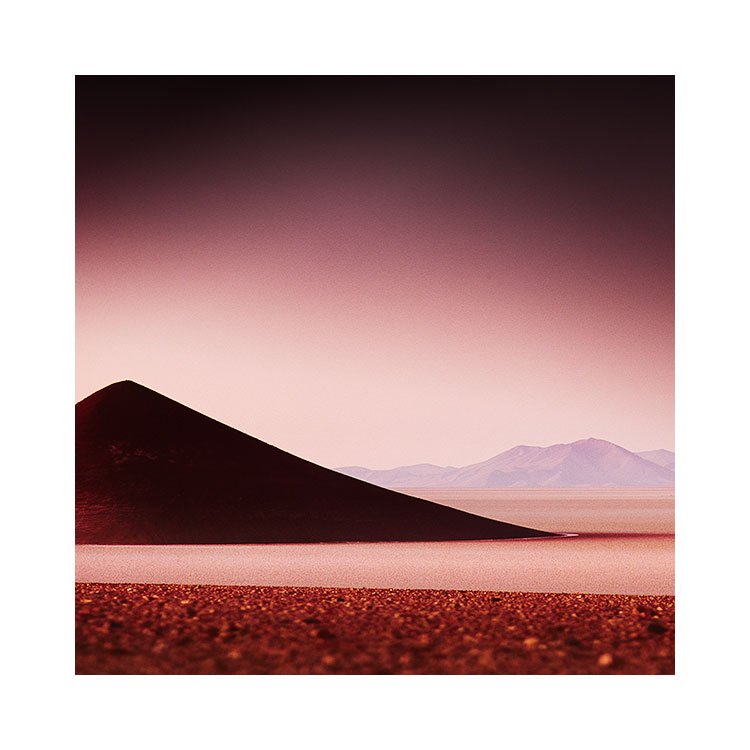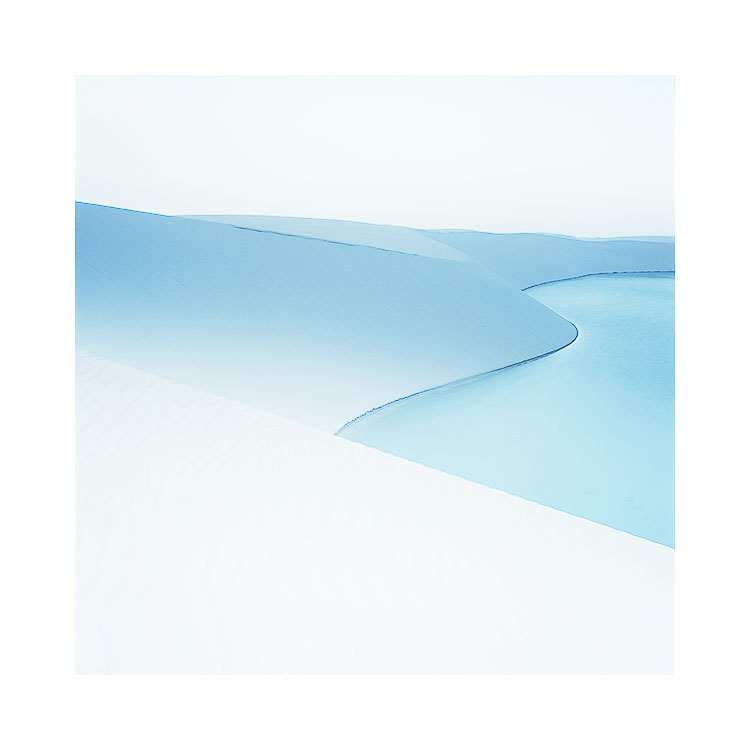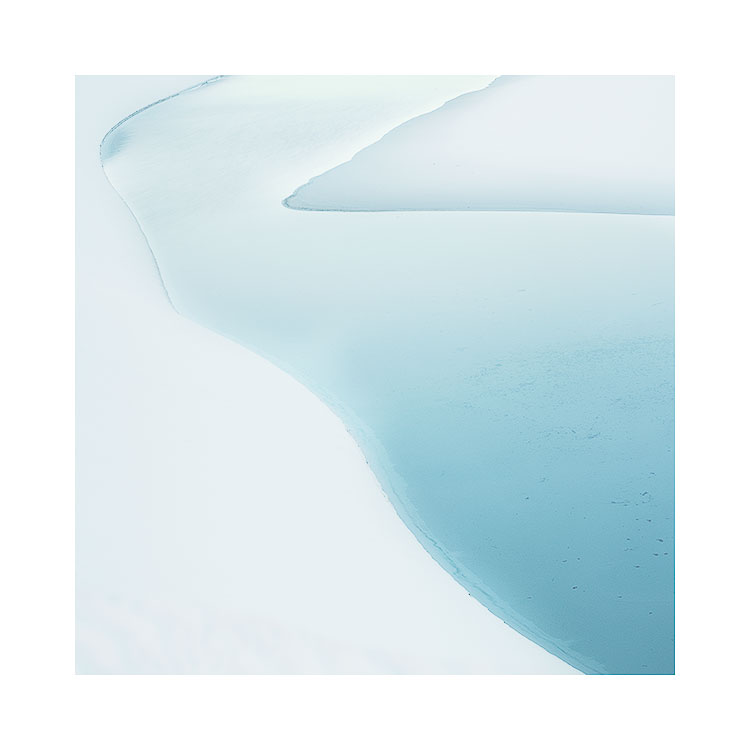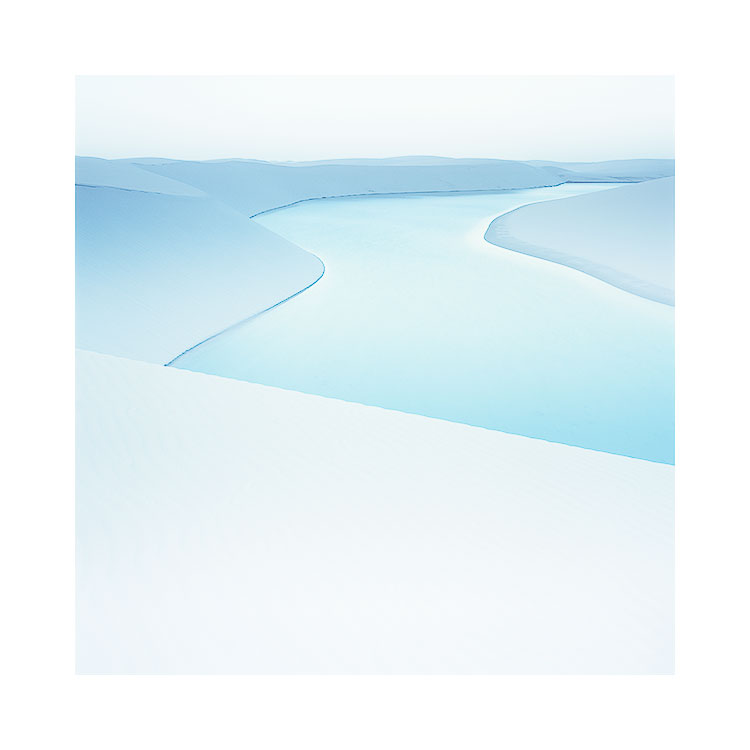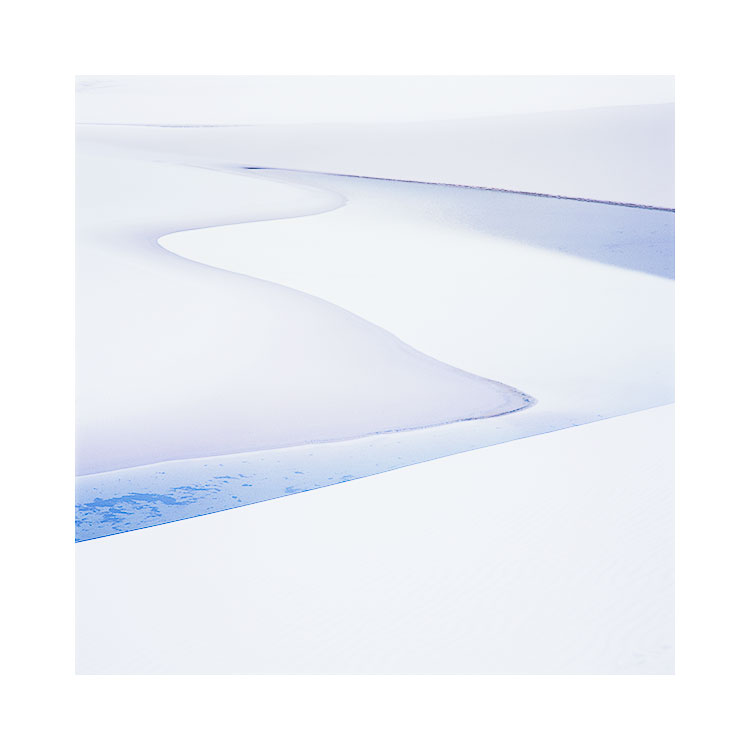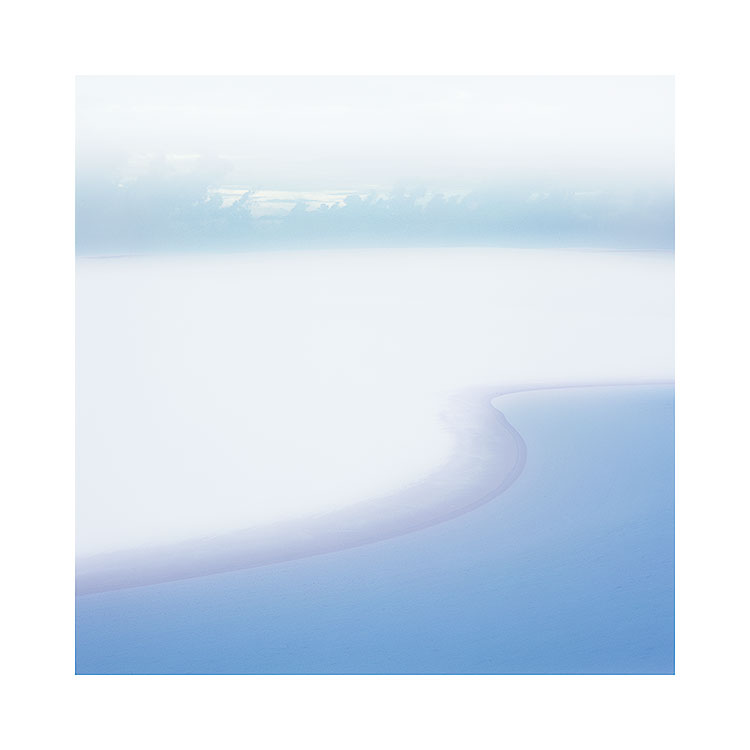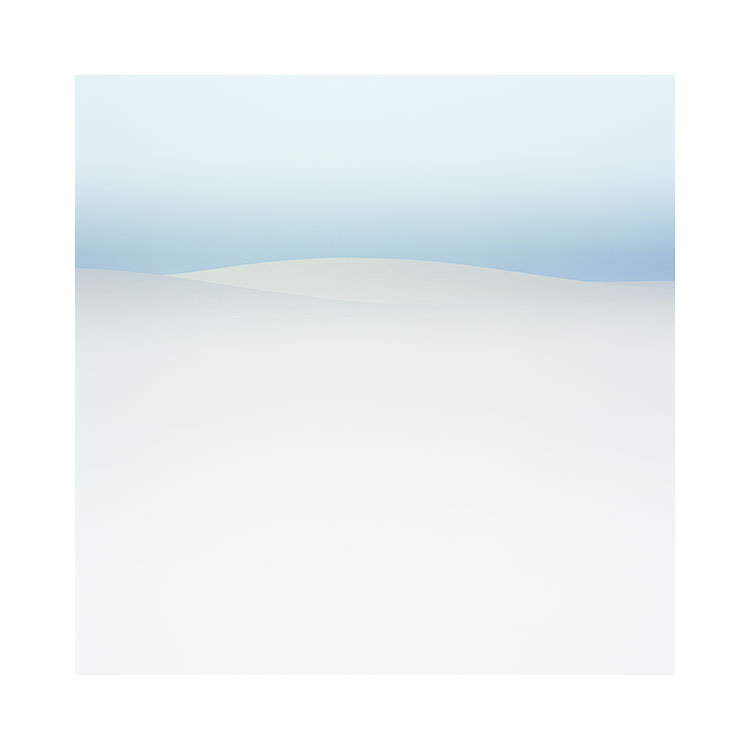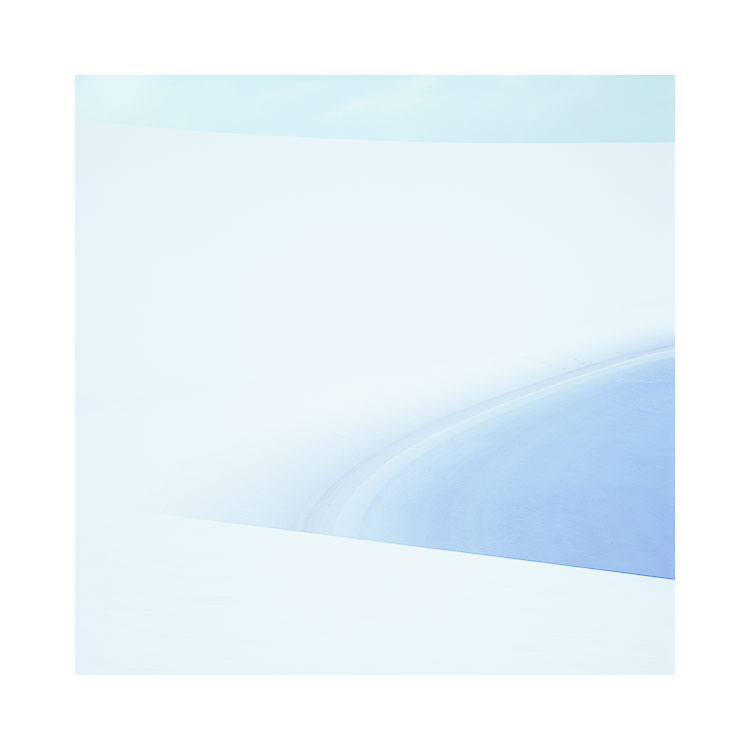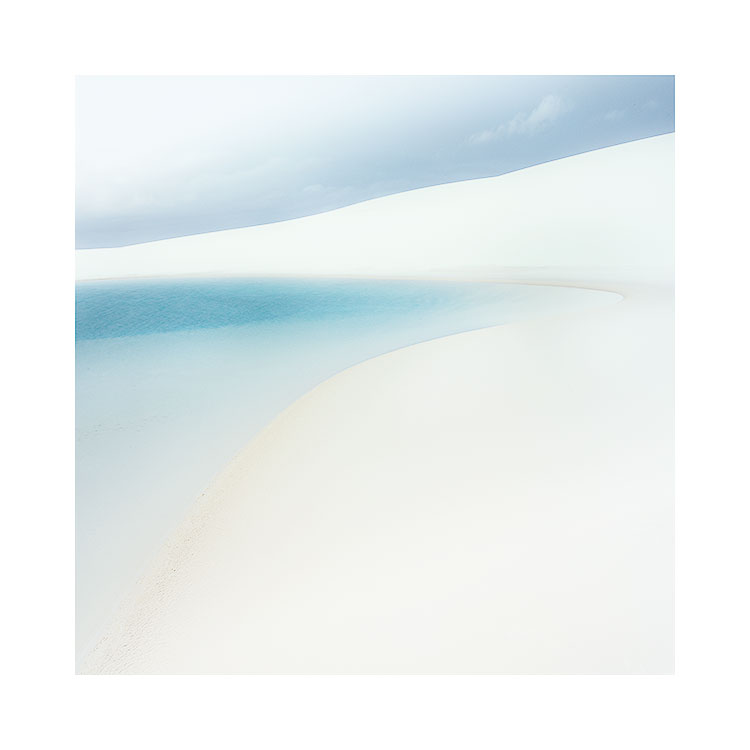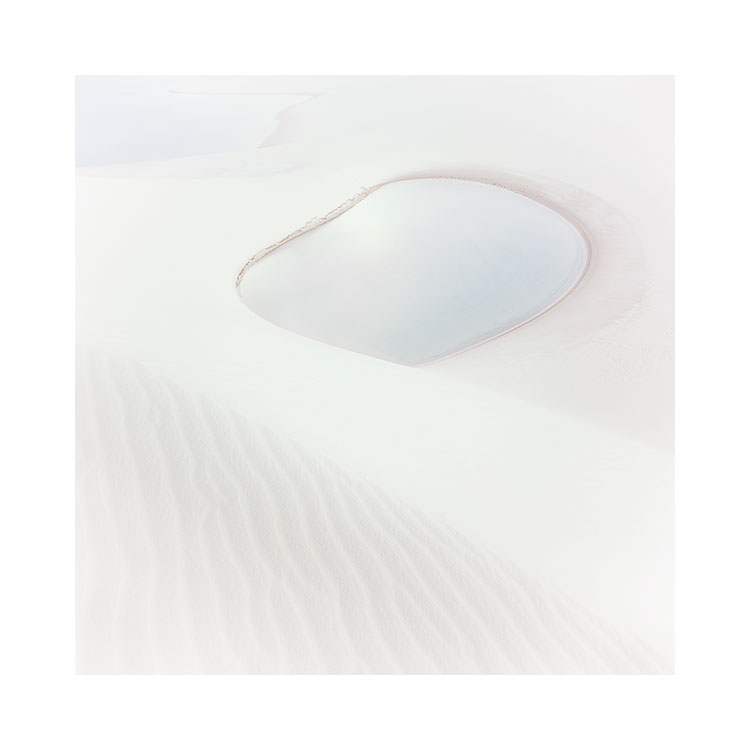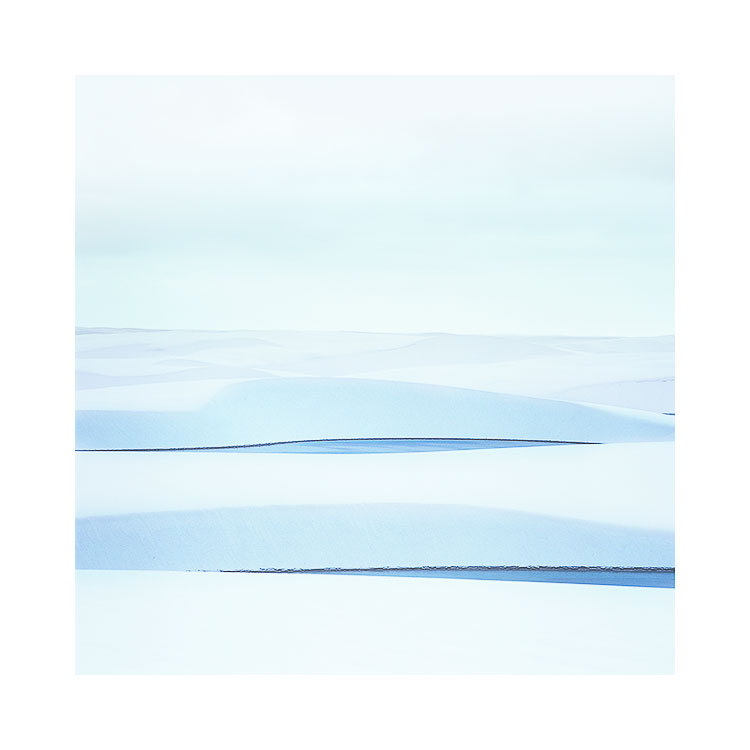This past week I spend time around Torres del Paine national park visiting six gauchos with my friends Alberto (L) and Sabine (C) in the photo below. One of the gauchos - Daniel is pictured right.
It’s been great to re-connect with Alberto and Sabine. Alberto was my driver for many years running my Torres del Paine Patagonian tour, and Sabine has been my guide around three, maybe four times.
When I wrote to her earlier this year, I simply just said ‘I would like to go photograph some gauchos, and wondered if you are free for three or four days?’. She is a full time mum now, but she kindly put a programme together for me, with Alberto as driver, and lunches, included. She also spent a lot of time phoning around many gauchos to see if they were free. She told me it is very difficult to get a commitment from many because their daily schedules change on a heartbeat. This time of year is particularly busy for all of them.
So I was surprised when she sent me a detailed schedule of the week, listing which gauchos we would visit each day. I liked the pace: we had around two to visit per day, and that worked well for me.
I am rather rusty at taking portraits of strangers, and being invited into someone’s estancia to sit around for several hours and drink plenty of maté (a tea like drink they are all mad about down here), was a good idea. We got round to making shots gradually of each gaucho.
One thing that stood out for me, and became a theme of the photographs was that every gaucho we visited was an avid maté drinker. They all have very old stoves in their homes, and quite elegant teapots.
So I ended up making lots of close ups of them pouring the tea with their elaborate aluminium carved tea pots (as can be seen below).
The stoves they had, all seemed to have been manufactured in the UK last century, or perhaps longer. Some said ‘Bonnybridge’ which is a town in Scotland. Others said ‘Dover’ on them.
At one point, I was gifted one of the teapots by Juan, whom we visited yesterday.
I just love it.
One thing that photography has brought me, is many friendships. I have made friends with folks all over the place. I think for most of us though, photography is all about creating memories of where we were, and what we did. It is all so easy to think that there is another time, that in some way, life is a rehearsal. As we get older, we realise that the most precious commodity we have is our time. Better to spend it with those that we like, and better to spend it doing what we love.
I really enjoyed this past week making gaucho friends, pictures, and having a step back from my landscape work. I hope to come back next year to do some more.


















